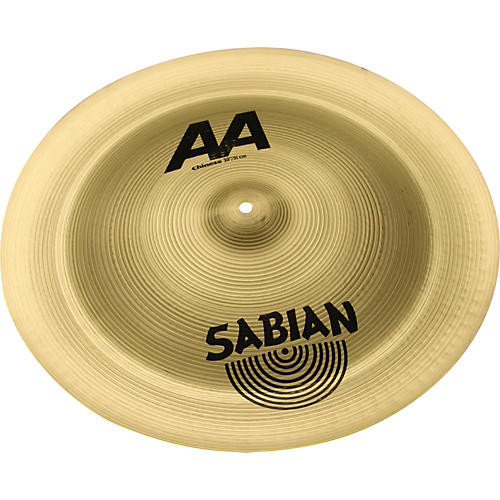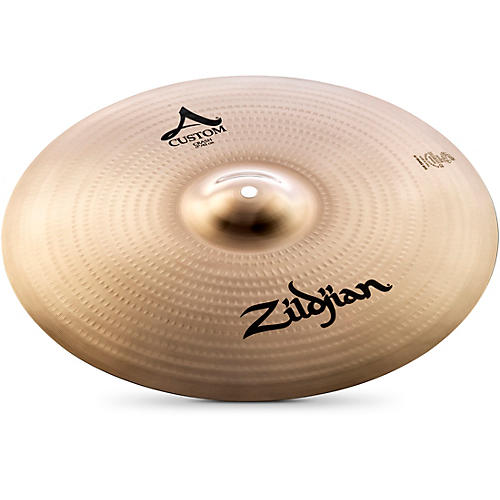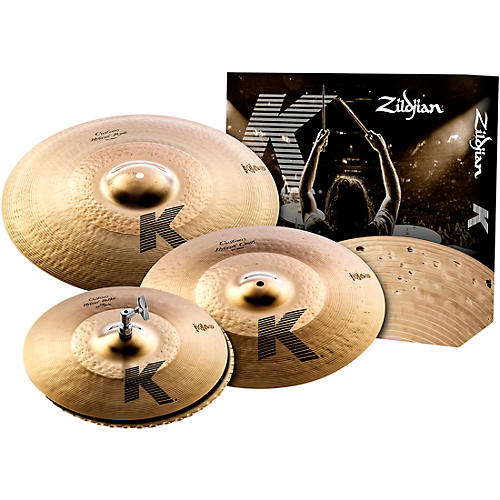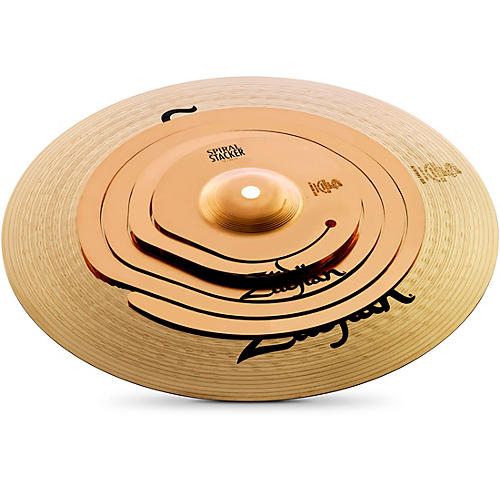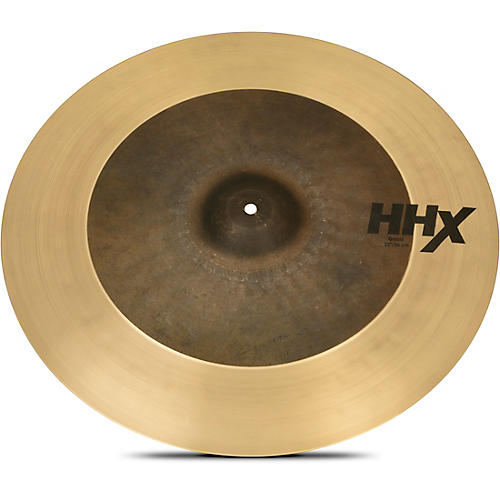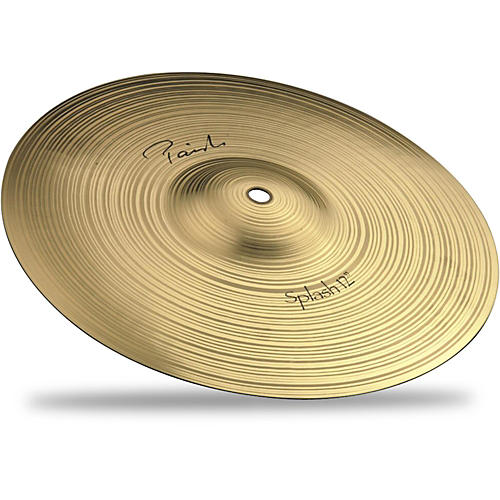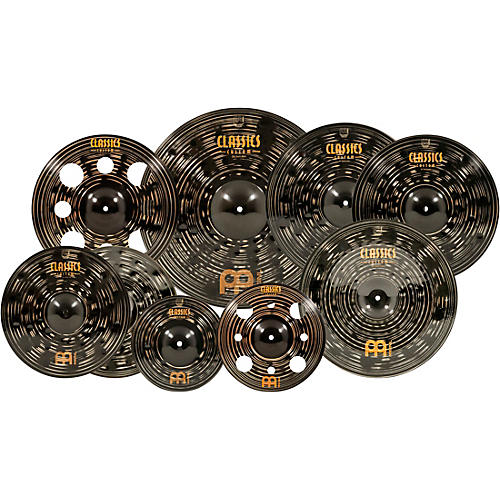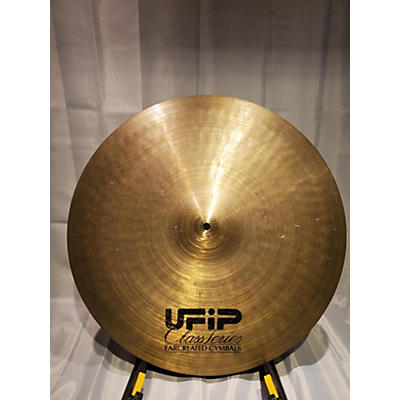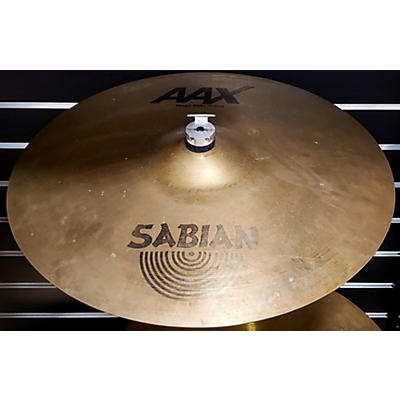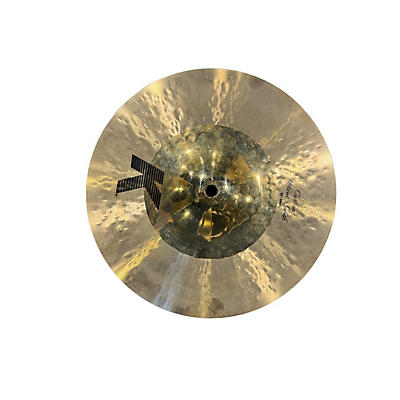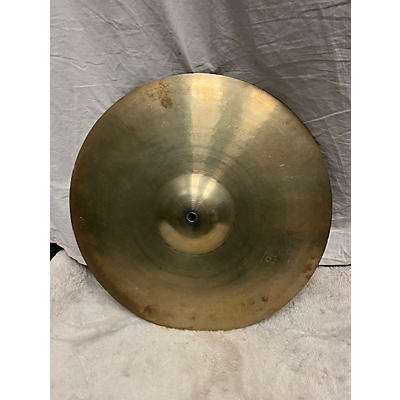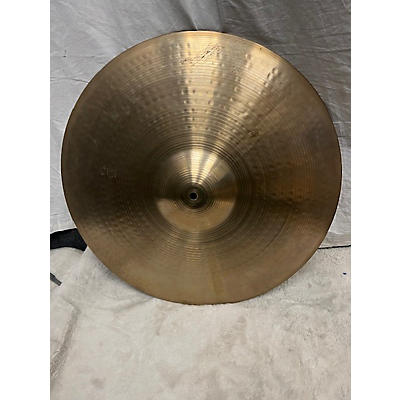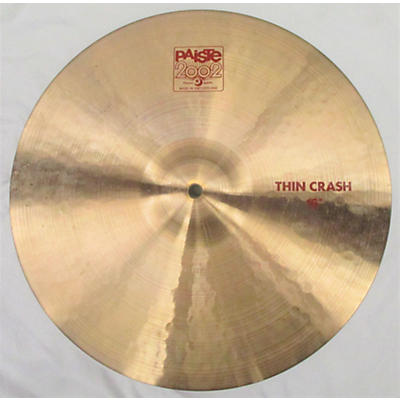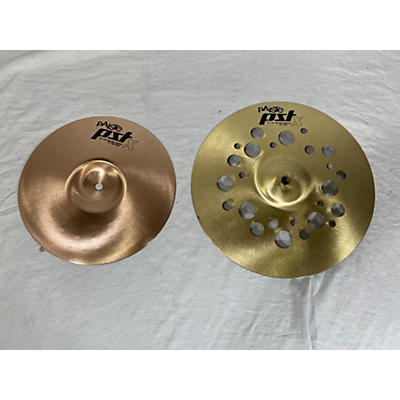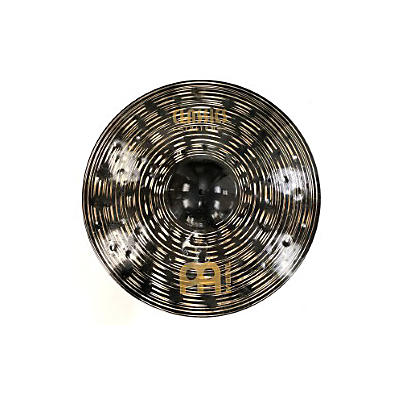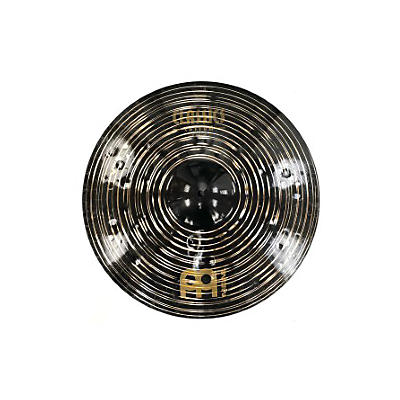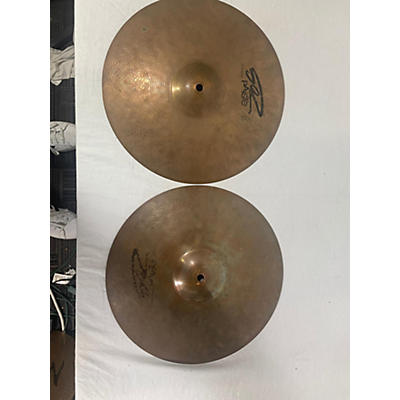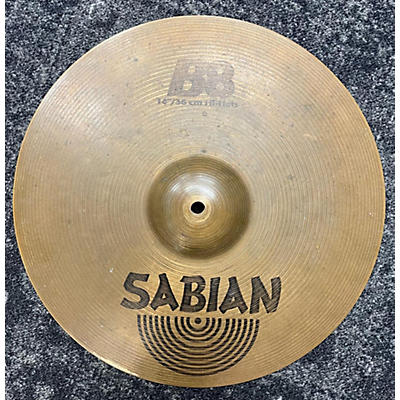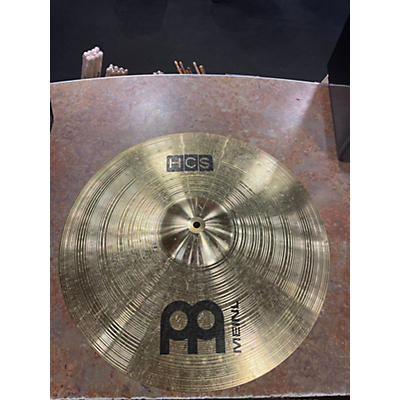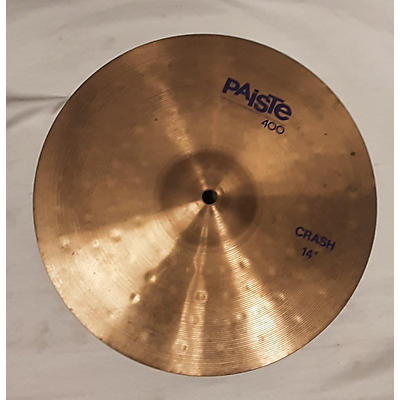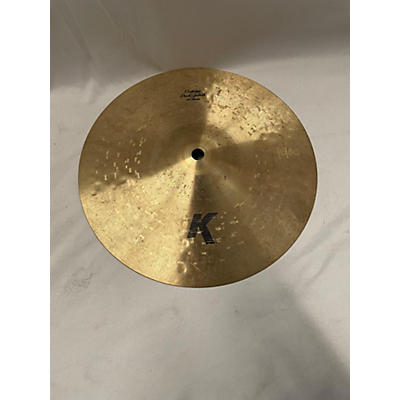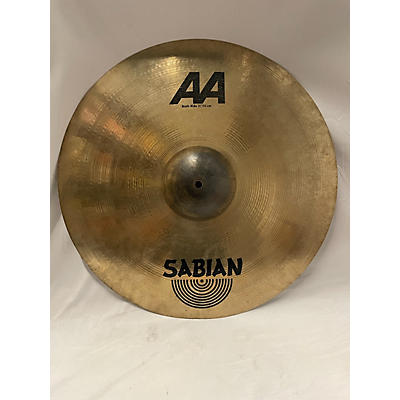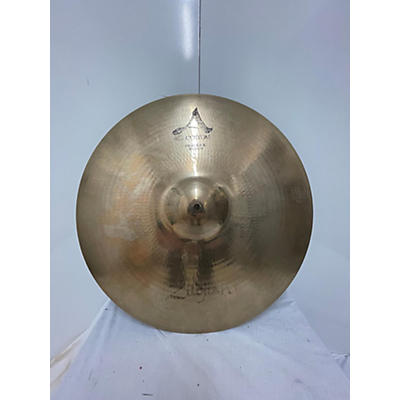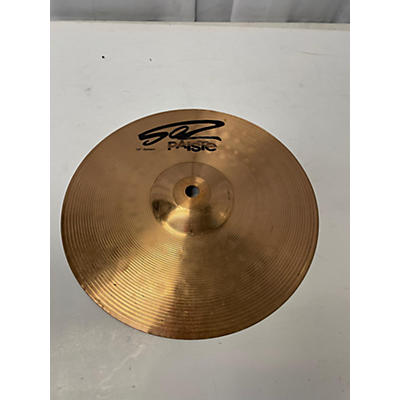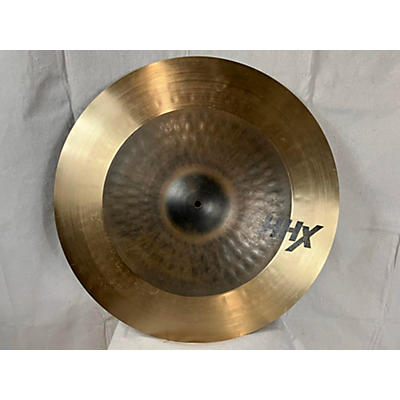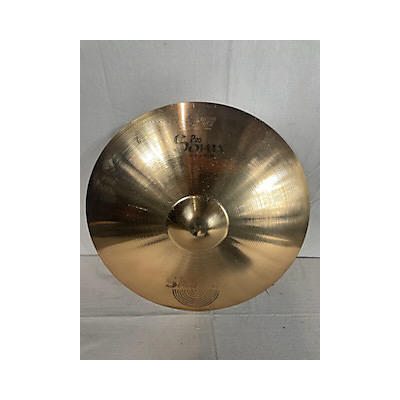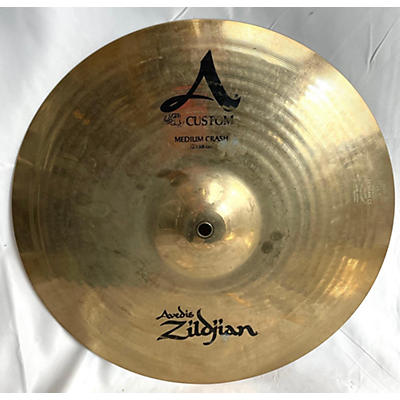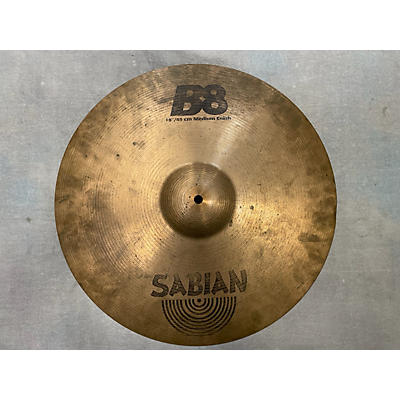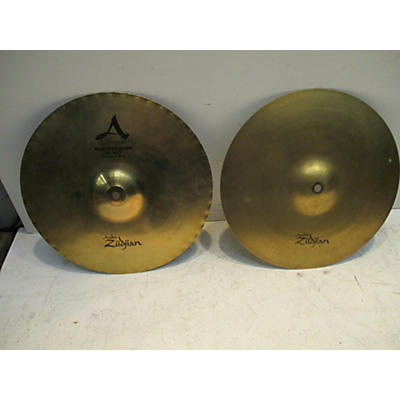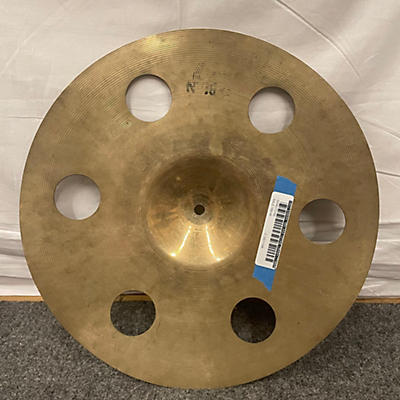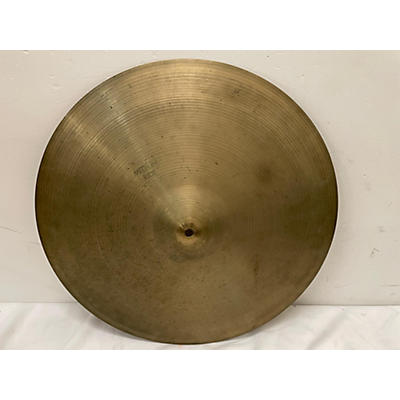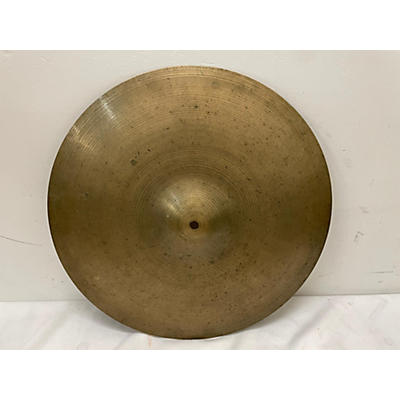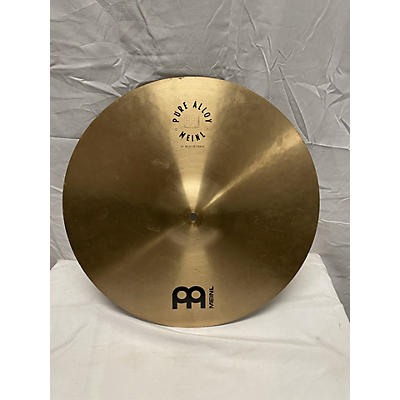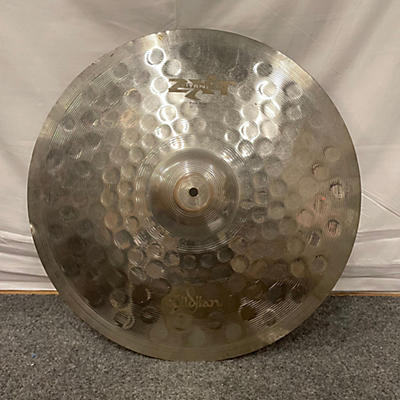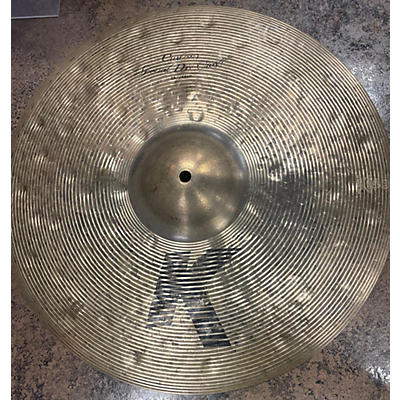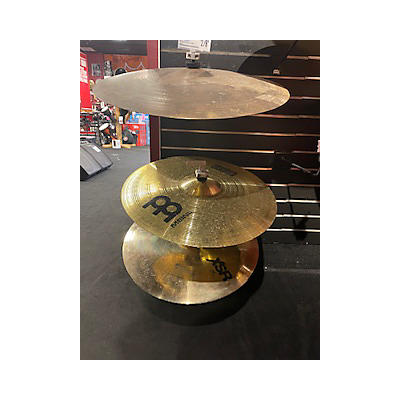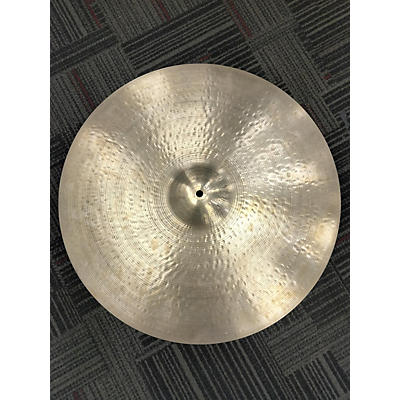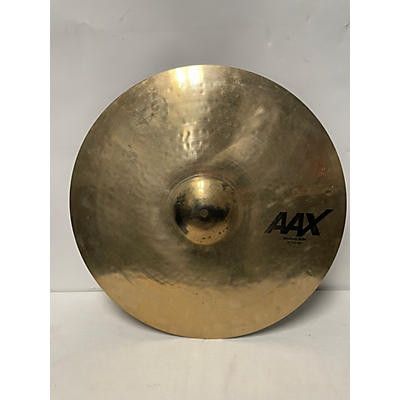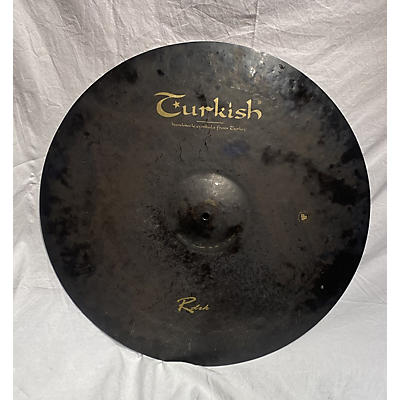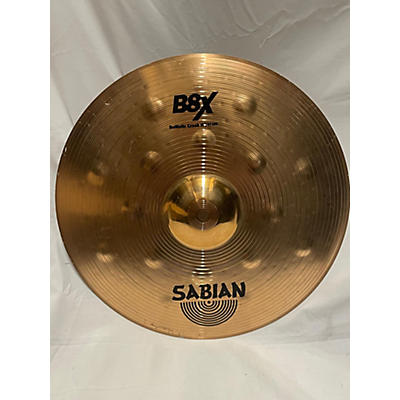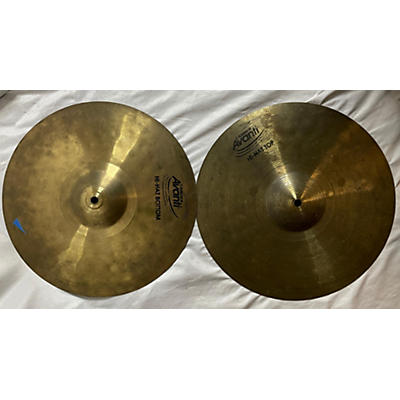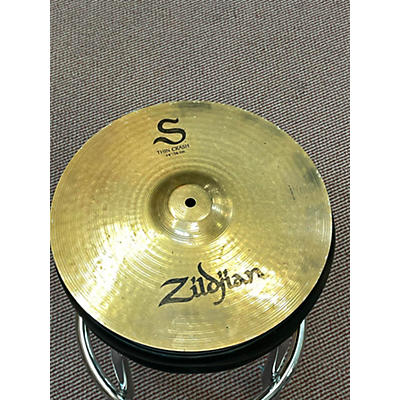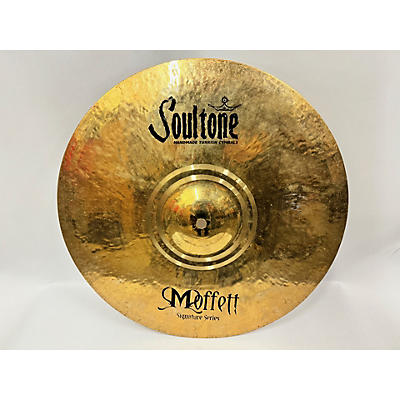About Cymbals
A cymbal is a round, thin percussion instrument crafted from metal alloys, which can be played on its own or as part of a drum set. Most cymbals do not have a specific note. However the very small disc-type cymbals called crotales are designed to achieve a particular note. Like all percussion instruments, cymbals produce their sound when struck with a drum stick, mallet, brush, hand or even another cymbal.
Historians have discovered depictions of cymbals from as early as 7th century B.C. Cymbals are used in nearly every form of music ranging from orchestral and marching band to jazz, modern pop, rock and many more musical genres. Depending on their diameter, thickness, shape and construction, cymbals have four main types: crash, ride, hi-hat and effects—or FX—cymbals. Even within these four types, there are a wide variety of sounds and shapes, and with this immense history that goes hand-in-hand with drums and percussion, it’s easy to see the importance of these instruments in modern music.
History of Cymbals
Like drums and other percussion instruments, cymbals can trace their roots back to ancient times. Cymbals were found in Armenia, Ancient Greece, Ancient Rome, Egypt and Babylon. The word cymbal comes from a Greek word for “cup” or “bowl”. The first cymbals were small and crudely hammered. These instruments were typically used for religious ceremonies. In many cultures including the Hindu and Buddhist religions, cymbals are still used in temples and religious ceremonies. As music and manufacturing techniques have evolved, so has the role and sound of cymbals.
Cymbal Manufacturing and Design
The most common alloy for cymbals is B20, which is a bronze alloy with 20% tin content. Nearly every cymbal manufacturer utilizes this formula for their high end cymbals. However another common alloy is B8, which has 8% tin content. B8 cymbals have a much brighter sound and are usually a mid-level, intermediate cymbal. Entry level and some effects cymbals are made using brass since it’s inexpensive and easy to manipulate.
Cymbal making is an ancient art and one that has not changed very much since it first started. Cymbals start out as small, thick discs called ingots. Just like a medieval sword, these ingots are heated, pressed and hammered into shape. The cymbal is then lathed to create tonal grooves. The hammering pattern and type of lathing on a cymbal determine its final sound.
There are several different areas or parts of a cymbal that produce unique sounds. Every cymbal has a hole drilled in the center of it, which allows it to be mounted on a stand or allows straps to be attached so it can be held by a cymbalist. The raised area around this center hole is most commonly referred to as the bell, cup or sometimes dome. The bell makes a distinctly high pitched sound and can vary slightly in size depending on the cymbal and its function. The remaining surface area of the cymbal is called the bow. The bow’s thickness tapers down as it gets closer to the edge of the cymbal. Striking the cymbal closer to the edge creates more of a washy sound.
All cymbal measurements are determined by their diameter in inches or centimeters. Cymbal size is another important factor in the overall sound and volume of a cymbal. The bigger the cymbal the more sustain it has and the louder it can get. The weight of a cymbal coincides with its thickness. A heavy cymbal is thicker and therefore takes more energy and needs to be hit harder to generate its sound. The thinner the cymbal, the more responsiveness that cymbal has. The profile of a cymbal is describing the overall curve of the cymbal vertically from the bow to the bottom of the bell. Higher profile cymbals create a higher pitch.
Cymbal Types
Crash cymbals have a loud but brief sound, so they're typically used for creating accents, high volume sections or building crescendos. Crashes range in size anywhere from 14 in. all the way up through 22 in. Certain crashes can even function as a crash/ride cymbal, allowing for enough stick definition to function as a ride but thin enough to crash on.
Ride cymbals on the other hand, shimmer with more sustain and usually more stick definition than crash cymbals, making each note played on the ride well-defined and singular. Rides are useful for maintaining a steady rhythm. They can range in size from 18 in. all the way up to 30 in. in some extreme cases. Typically the standard ride is anywhere from 20 in. to 24 in.
Hi-Hat cymbals are two smaller cymbals paired together, the bottom hat upside down and the top right side up. They are controlled using a hi-hat stand, which utilizes a foot pedal that allows the top hi-hat to lift up and down, or open and close. Standard hi-hats range in size from as small as 12 in. up to 16 in. However, drummers have been known to experiment by using two crash cymbals as hi-hats, creating a massive, loud, sloshy sound.
Effects/FX cymbals are the most diverse and unique cymbals. The usual types of effects cymbals are splashes, chinas, bells and modified crash cymbals. Their purpose is to add new sonic characteristics and textures to a drummer’s sound and playing that can’t be achieved with standard crashes, rides and hi-hats.
Holding down a continuous beat is one of first things a drummer learns how to do. However, another crucial element of drumming is understanding how to utilize the cymbals. By incorporating cymbals into certain aspects of a song, a drummer has the ability to completely change the music's overall mood and tone.





































































































































